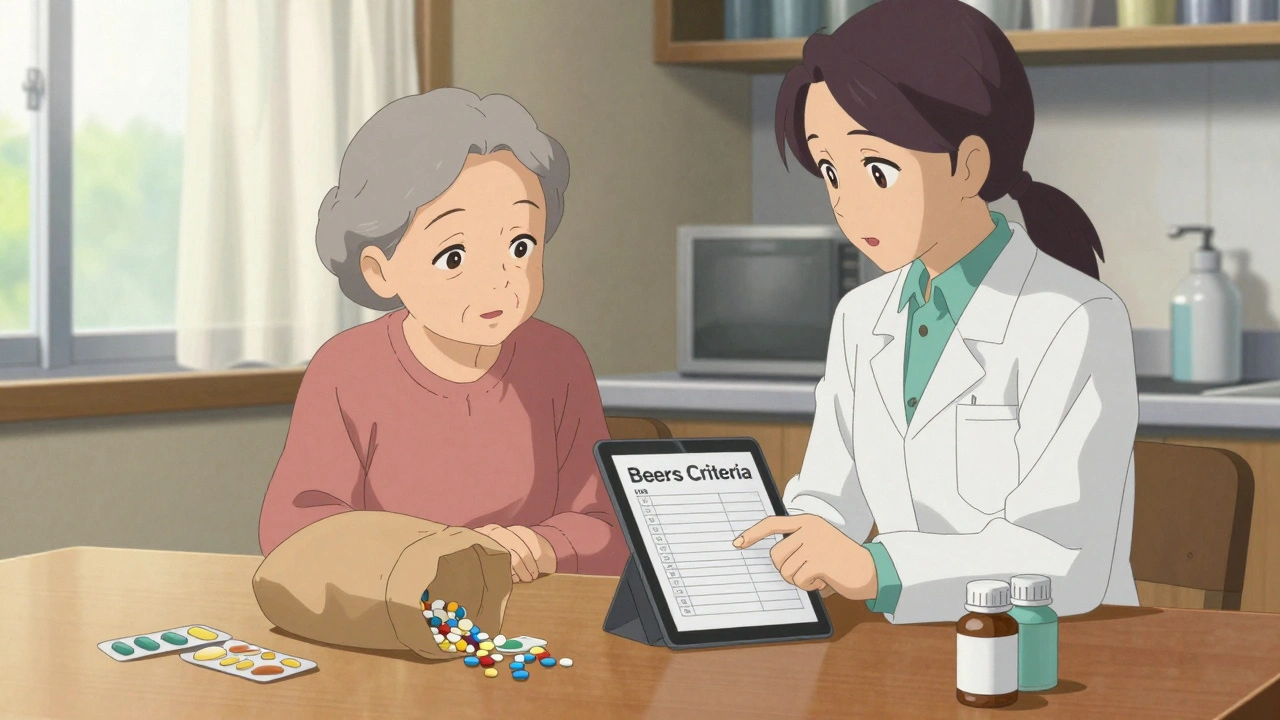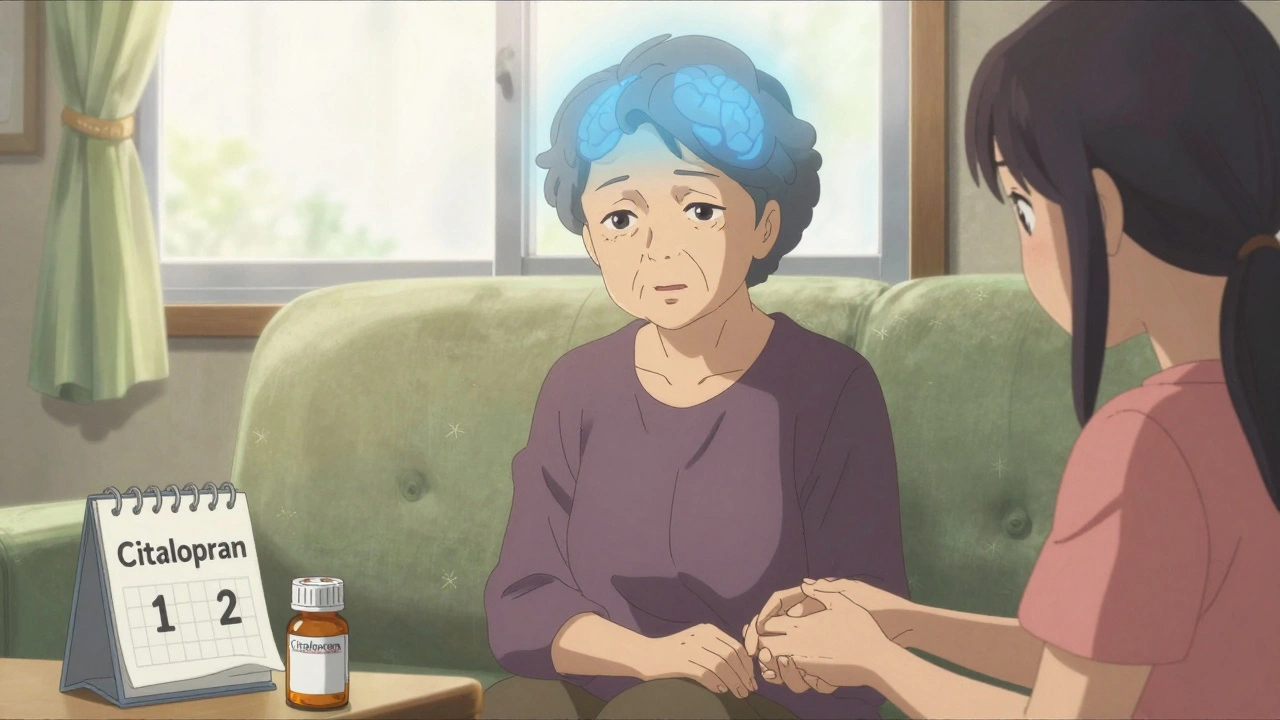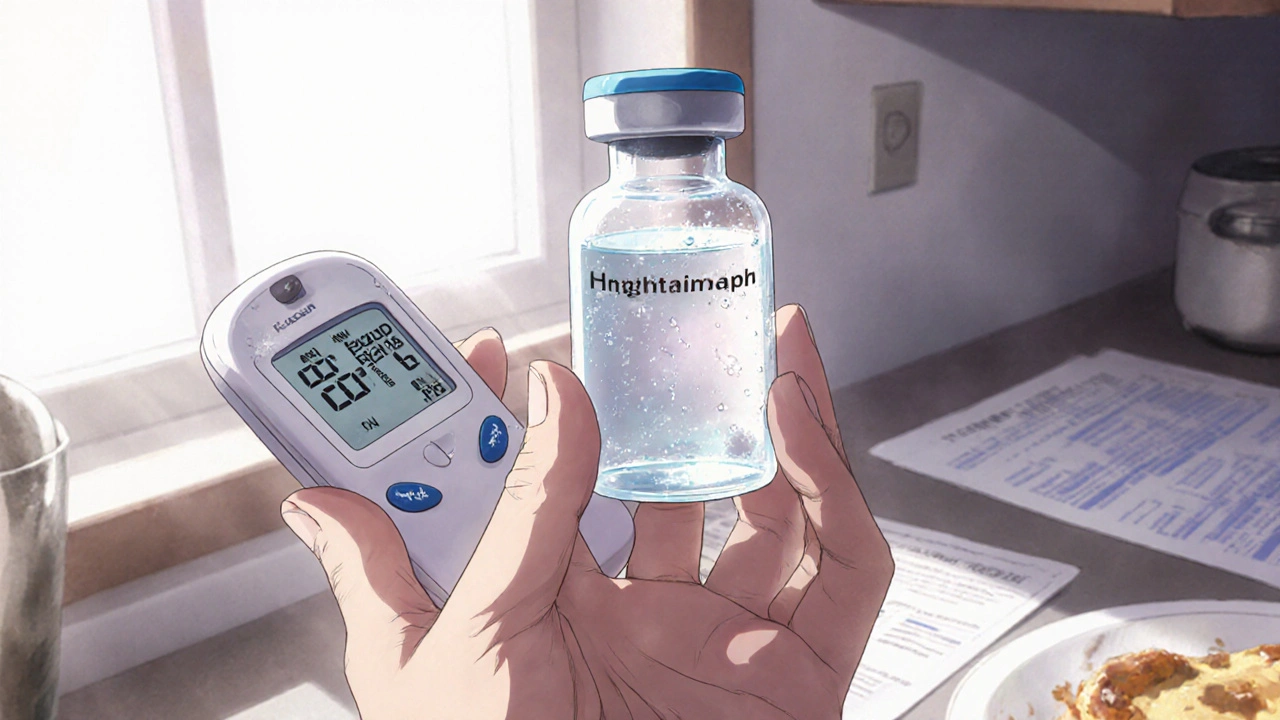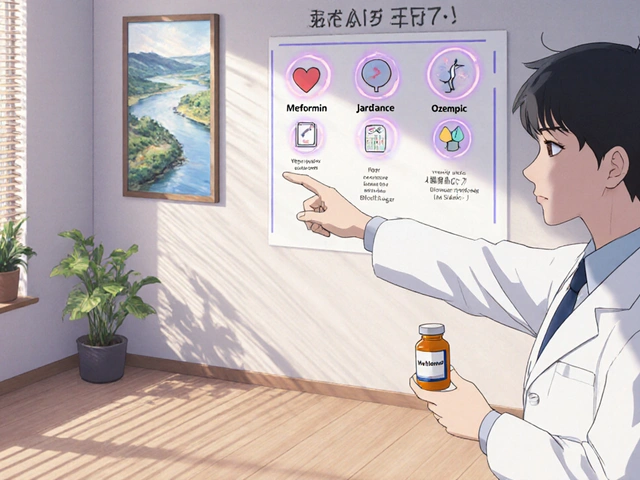Medication Guides – Your Quick Reference for Safe Drug Use
Welcome to the Medication Guides hub at RXDeal.net. Whether you’re looking for warning signs on a common over‑the‑counter medicine or need practical advice on ordering prescriptions from abroad, you’ve landed in the right spot. We keep things short, clear, and useful so you can act the moment you need to.
Spotting an Overdose: Loperamide (Imodium) Example
Imagine you’re dealing with an upset stomach and reach for Imodium. It works, but taking too much can turn a harmless remedy into a serious risk. The tell‑tale signs of a loperamide overdose include sudden dizziness, nausea, severe constipation, or a racing heart. If you or someone you know shows any of these symptoms, call emergency services right away.
First‑aid steps are simple: stop taking the medication, stay hydrated, and avoid foods that could worsen constipation. In the hospital, doctors may administer activated charcoal to limit absorption and support heart rhythm with specific meds. The key takeaway? Stick to the recommended dose—usually no more than 8 mg per day for adults—and never combine Imodium with other drugs that affect the heart.
Cross‑Border Buying: How to Stay Legal and Safe
Buying prescription drugs from Canada or other countries can save money, but it’s not a free‑for‑all. U.S. customs allows a 90‑day supply for personal use, but you must have a valid prescription and keep the original packaging. Declare the medicines at the border if asked; failure to do so can lead to fines or seizure of the product.
Before you order, check the pharmacy’s credentials. Look for a licensed Canadian pharmacy that requires a prescription, offers a pharmacist’s contact info, and displays a physical address. Avoid sites that promise “no prescription needed” or ship without proper documentation.
When your parcel arrives, inspect the labeling. Legitimate drugs will have clear batch numbers, expiration dates, and tamper‑evident seals. If anything looks off, contact the seller immediately and consider filing a report with the FDA’s MedWatch program.
Beyond Canada, many other countries have similar import rules. Always research the specific customs policies for the nation you’re ordering from, and keep a copy of the prescription and receipt handy. This simple preparation can save you a lot of hassle and keep your health safe.
Our medication guides aim to give you practical, no‑fluff advice. Spotting an overdose early and buying abroad responsibly are just two examples of the everyday challenges you might face. Bookmark this page, explore the individual guides for deeper details, and stay informed—you’ll make better health decisions without the guesswork.
Got a question that isn’t covered here? Drop a comment or reach out through our contact form. We update our guides regularly, so you always have the latest info at your fingertips.

Alcohol and Diabetes Medications: What You Need to Know About Hypoglycemia and Liver Risks
- By : Archer Hamilton
- Date : Dec 18 2025
Drinking alcohol while on diabetes meds can cause dangerous drops in blood sugar and harm your liver. Learn how metformin, insulin, and other medications interact with alcohol-and what steps you can take to stay safe.

Adrenal Insufficiency from Corticosteroid Withdrawal: How to Recognize and Manage It
- By : Archer Hamilton
- Date : Dec 15 2025
Stopping corticosteroids suddenly can cause adrenal insufficiency - a dangerous condition where your body can't make enough cortisol. Learn the warning signs, how to taper safely, and what to do in an emergency.

Medications That Are High-Risk for Seniors: What to Review
- By : Archer Hamilton
- Date : Dec 11 2025
Many seniors take medications that increase fall risk, confusion, and hospitalization. Learn which drugs are most dangerous, how to spot them, and what safer alternatives exist using the Beers Criteria.

Mirtazapine Sedation: How Bedtime Dosing Controls Daytime Drowsiness
- By : Archer Hamilton
- Date : Dec 10 2025
Mirtazapine can help with sleep and depression, but dosing matters. Learn why 7.5-15 mg at bedtime works best, how higher doses reduce sedation, and how to avoid next-day grogginess.

Hyponatremia from SSRIs: Low Sodium and Confusion Risk in Older Adults
- By : Archer Hamilton
- Date : Dec 4 2025
SSRIs can cause dangerously low sodium levels, leading to confusion and falls in older adults. Learn the signs, who’s at risk, and safer alternatives like mirtazapine.

Opioids and Depression: How Mood Changes Happen and How to Monitor Them
- By : Archer Hamilton
- Date : Dec 3 2025
Opioids can worsen depression over time, even in people taking them as prescribed. Learn how mood changes happen, what signs to watch for, and how to monitor your mental health while managing pain.

Switching from Brand to Generic Drugs: What to Expect
- By : Archer Hamilton
- Date : Dec 1 2025
Switching from brand-name drugs to generics saves money and is safe for most people. But for some medications, like thyroid or blood thinners, consistency matters. Know what to expect, when to be cautious, and how to protect your health.

Medications You Should Never Use After the Expiration Date
- By : Archer Hamilton
- Date : Nov 28 2025
Some expired medications don’t just lose effectiveness - they become dangerous. Learn which ones to never use after their expiration date and why, from insulin to epinephrine to eye drops.

TNF Inhibitors: How Biologics Work for Autoimmune Conditions
- By : Archer Hamilton
- Date : Nov 24 2025
TNF inhibitors are biologic drugs that block a key inflammatory protein in autoimmune diseases like rheumatoid arthritis and Crohn’s. They work differently than traditional meds and can dramatically improve quality of life - but come with serious risks.

Infographics About Generics: Visual Education Tools for Patient Understanding
- By : Archer Hamilton
- Date : Nov 17 2025
Infographics about generics help patients understand why generic drugs are just as safe and effective as brand-name versions. Clear visuals explain bioequivalence, cost savings, and FDA approval-reducing fear and increasing trust.





